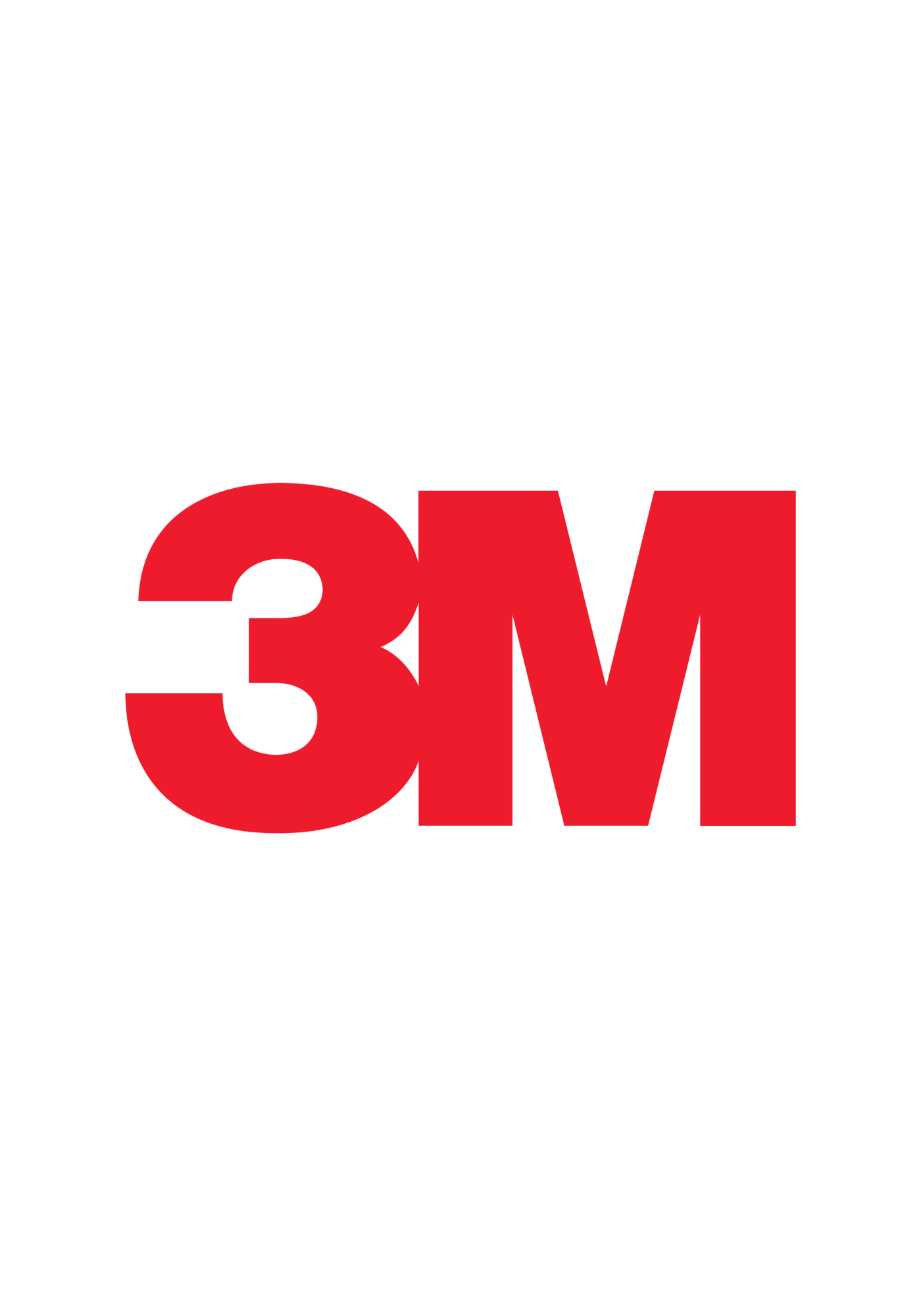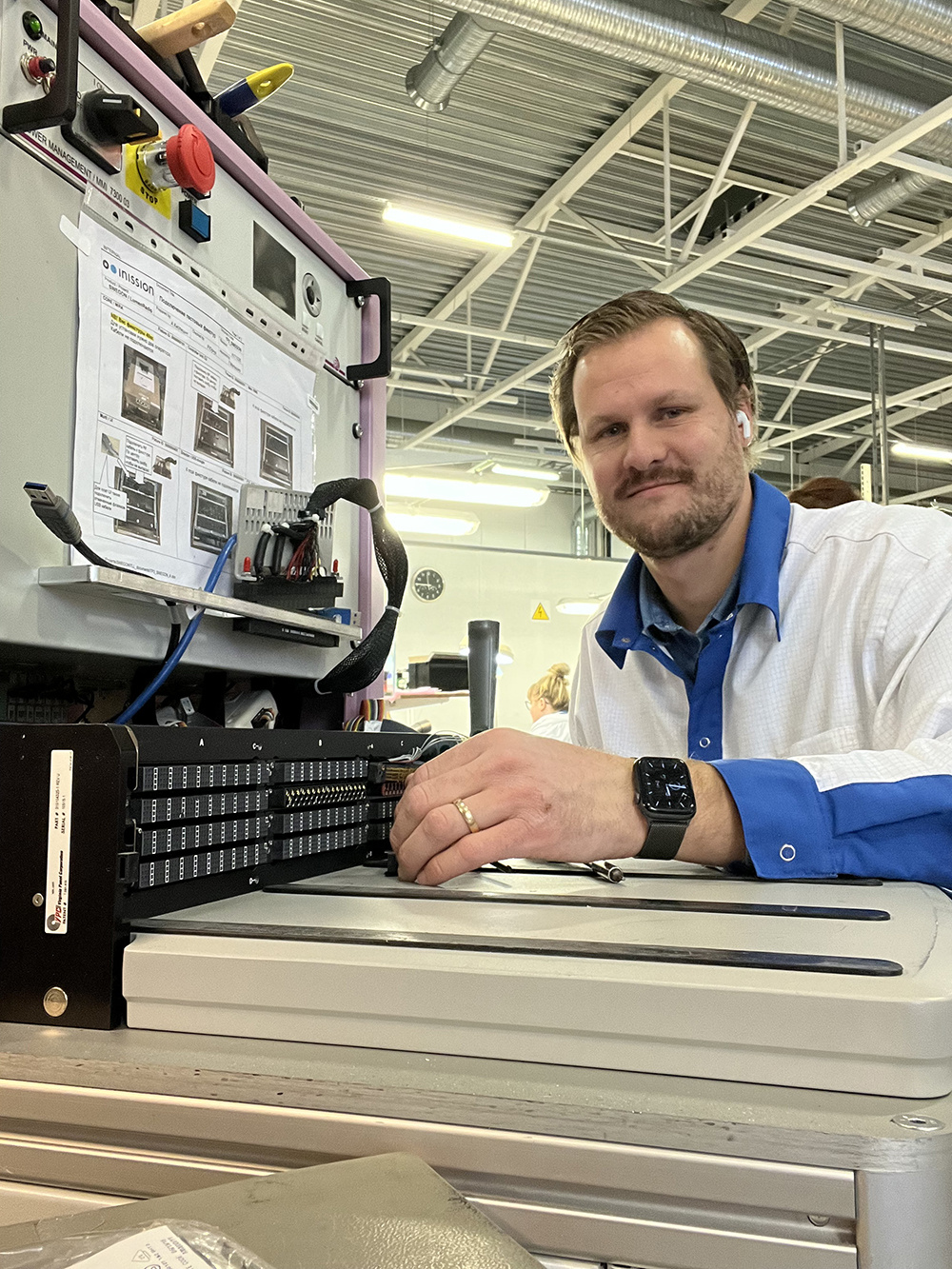Production

EOL Airflow Testing
This case study highlights the collaboration between 3M and QESTIT Systems to develop an advanced testing solution for 3M's welding masks. The challenge was to ensure that the mask’s airflow system, including its fans, maintained stable airflow under varying conditions, with no leaks and precise temperature control. QESTIT Systems provided an automatic test system that met these stringent requirements while ensuring operator safety and efficiency. The solution not only integrated mechanical, electrical, and software expertise but also streamlined the testing process, allowing 3M to scale production of the welding masks with confidence.
Meeting Stringent Production Requirements
This test system tested our manufacturing and mechanical expertise. It needed to fulfill specific requirements to be approved for production use. This included:
.png?width=2000&height=1335&name=Complete%20Test%20System%20(1).png)
-
That the test system provides a consistent supply of airflow at different temperatures and pressures to the UUT
-
It prevents sensors from becoming contaminated, ensuring that the fan is providing purified air and does not leak from any connection points
-
Supplies power to the unit and activates push buttons when required
-
Uses a touchscreen interface which gives operators access to various editable parameters
-
Uses cameras to inspect LEDs visible on the product
-
Includes 2-pole emergency stop buttons
-
Has a comprehensive warranty period
-
All manual workstations must have a good ergonomic design, and be mounted on height adjustable desks
-
Label printing for the product
-
Barcode scanning and parsing capability - standard for all our systems
-
CE marked equipment- standard for all our systems
-
Security features including a login/timeout function - standard for all our systems
-
A document pack containing wiring diagrams, bill of materials, manuals and other documents - standard for all our systems
To ensure an air tight seal, we worked closely with our partner Nolek to design an automatic nozzle connection point. The test system automatically connects flow and pressure meters to the UUT during testing using a mechanical actuator design. It also connects to supply power and establish commutation with the unit. Finally it switches mechanical buttons on the surface of the unit. All of this is completed as part of the normal test sequence.
Pictures from the project
.png?width=2000&height=1335&name=The%20Stations%20(1).png)
.png?width=2000&height=1335&name=Filter%20Holder%20(1).png)



.png?width=2000&height=1335&name=Top%20Down%20(1).png)
.png?width=2000&height=1335&name=Complete%20Test%20System%20(1).png)
Reducing Development Time with QATS and Modular Hardware Solutions
Aside from the mechanical challenges, 3M also has high software expectations. Our software platform QATS, allows us to quickly develop software with a lot of industry standard features. Capabilities such as login accounts, barcode scanning, sequential/parallel testing and GUIs are inside of the the platform by standard. This significantly reduces the time needed to develop test systems.
Another way we reduce time to market when developing systems, is our reliance on a hardware platform. We use high quality, modular hardware that can be customized for different types of data collection. As the base hardware is the same (but can have different modules), we can reuse code bases between projects and create reusable hardware interfaces. A great example of this is the CompactDAQ product from NI - which was used in this project.
When delivering systems to our customers, we provide a document pack which contains an operator manual, test specification and hardware manuals. We also CE mark our systems (alongside the needed documentation). Operator safety is the most important concern when working with high voltage electronics or moving components. With our systems, you can sit conformable knowing they are well-tested before launch.
A challenging and rewarding project, showcasing our expertise.
“ This project combines our range of skills in measurement and control systems - including managing air flow, pressure, temperature, current, voltage and image analysis. We're really impressed with the result!. ”
Mats Backlund,
CEO, QESTIT SystemsSummary
3M received a test system which was reliable, safe for operators to use and conducted tests automatically. This EOL System is currently in use to produce welding masks on a large scale.

3M
What does 3M do?
3M is a multinational company that develops and manufactures a wide range of products across multiple industries, including healthcare, consumer goods, electronics, automotive, and industrial sectors.
How?
3M achieves its success by heavily investing in research and development, which enables them to create new technologies and products. They leverage a variety of core technologies to drive innovation and apply solutions across different industries. Additionally, 3M integrates sustainable practices into its operations, focusing on energy efficiency, waste reduction, and the development of eco-friendly products.
What does it result in?
It results in a diverse product portfolio that serves many industries. Their innovations improve safety, productivity, and convenience, while their commitment to sustainability reduces environmental impact and promotes ecological balance.



